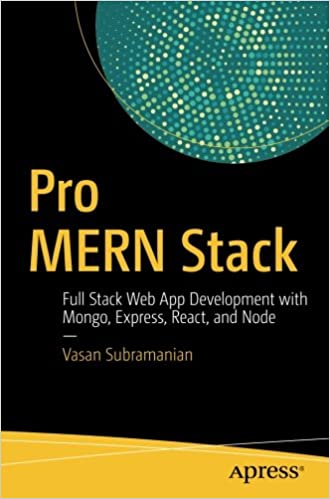Pages with tag Amazon Web Services
- Amazon employees demand stopping face-recognition contract with federal government
- Getting started with AWS Lambda, Amazons Function as a Service platform
- Getting started with using Node.js and the Serverless framework on AWS Lambda
- Global and Local Secondary indexes in DynamoDB
- How to correctly log in to AWS Elastic Container Registry on Windows command line
- How to fix AWS CLI hangs on AWS EC2 instance
- How to get AWS SDK for Node.js to return Promises to use with async/await functions
- Introduction to Node.js with the Serverless framework on AWS Lambda
- Setting up the AWS Command-Line-Interface (CLI) tool on your laptop
- Simple Node.js AWS Lambda function









